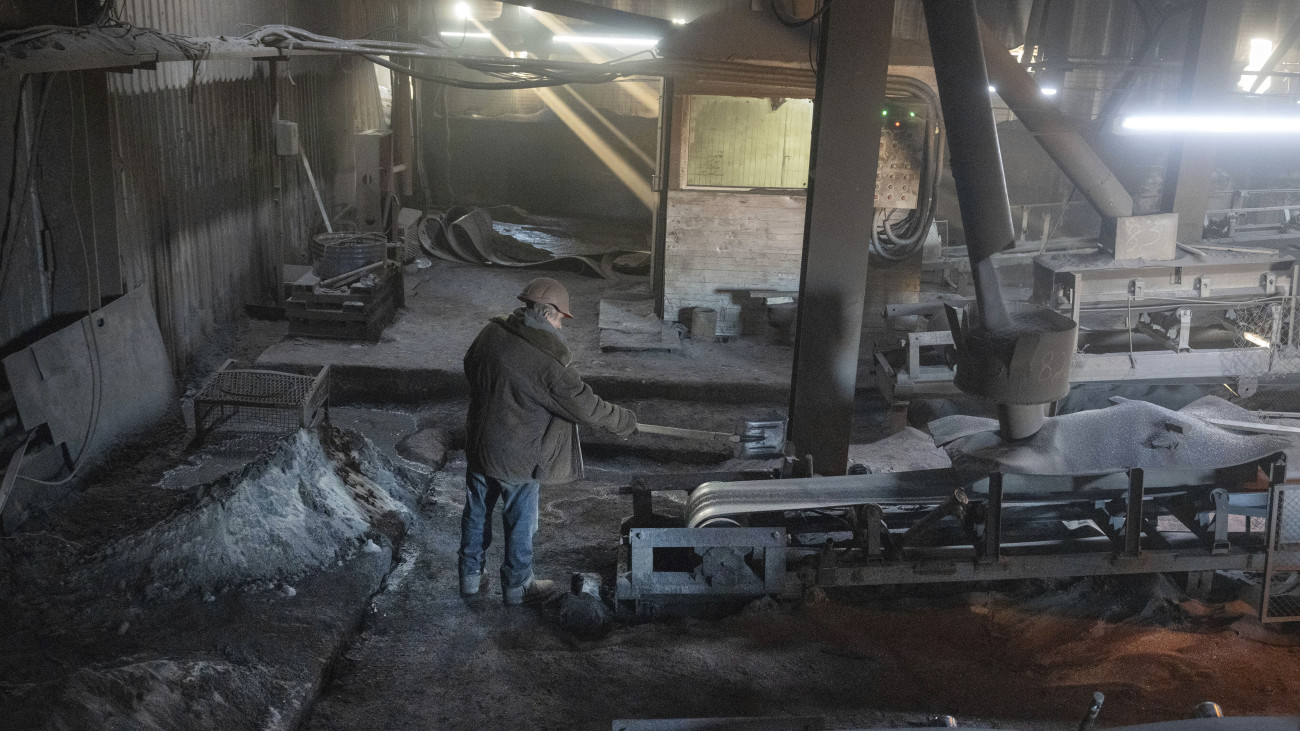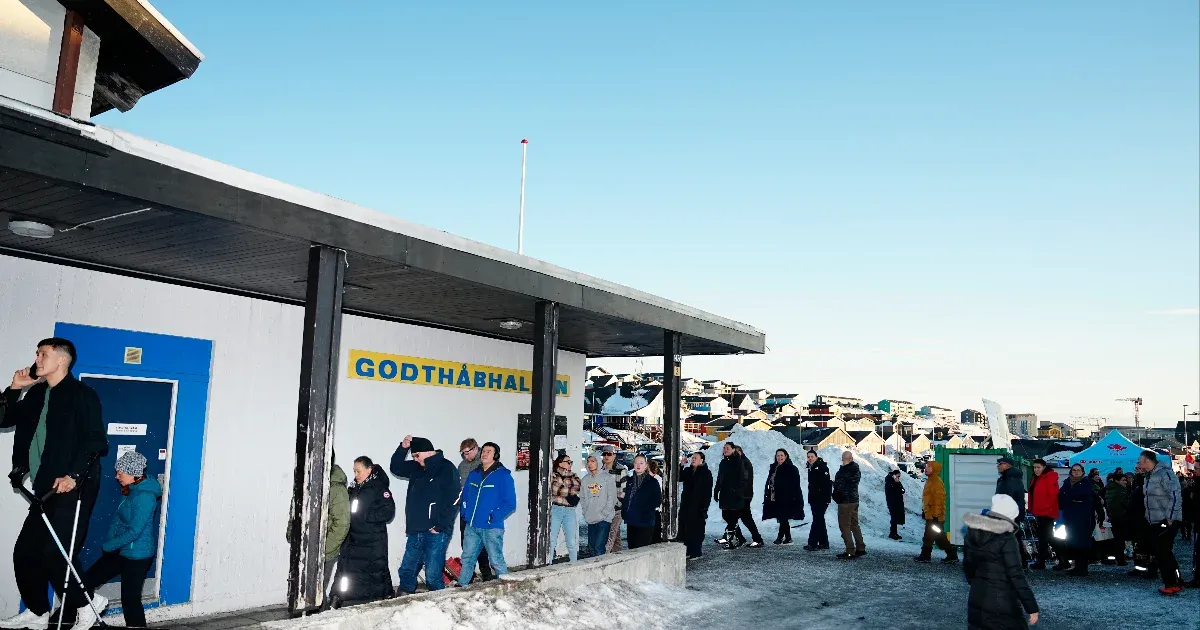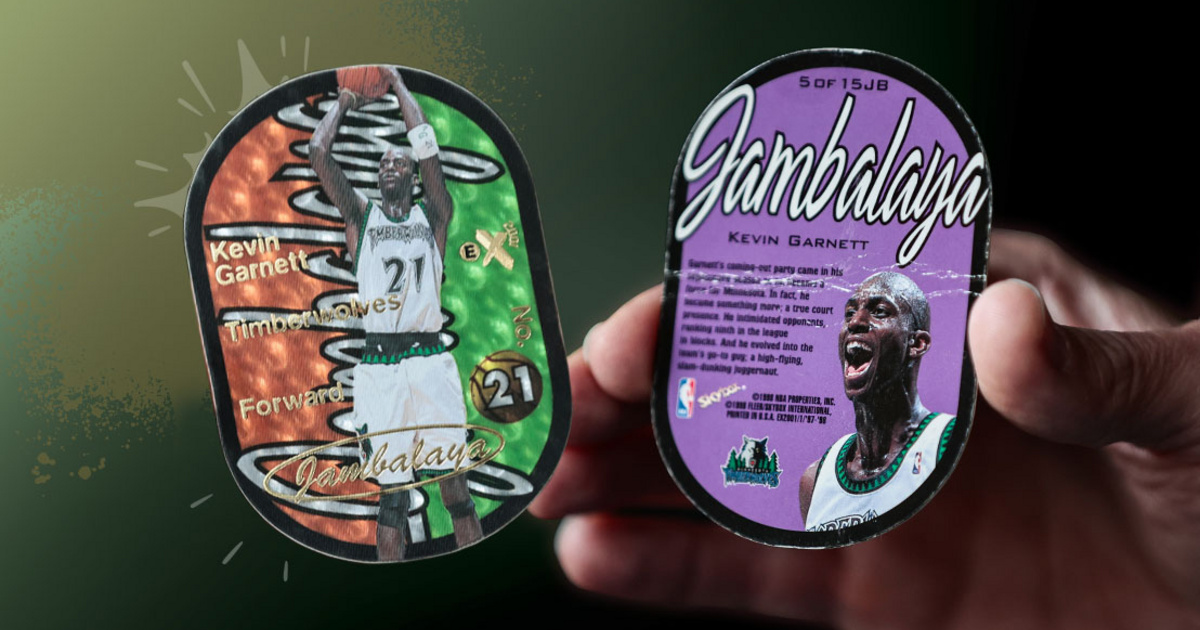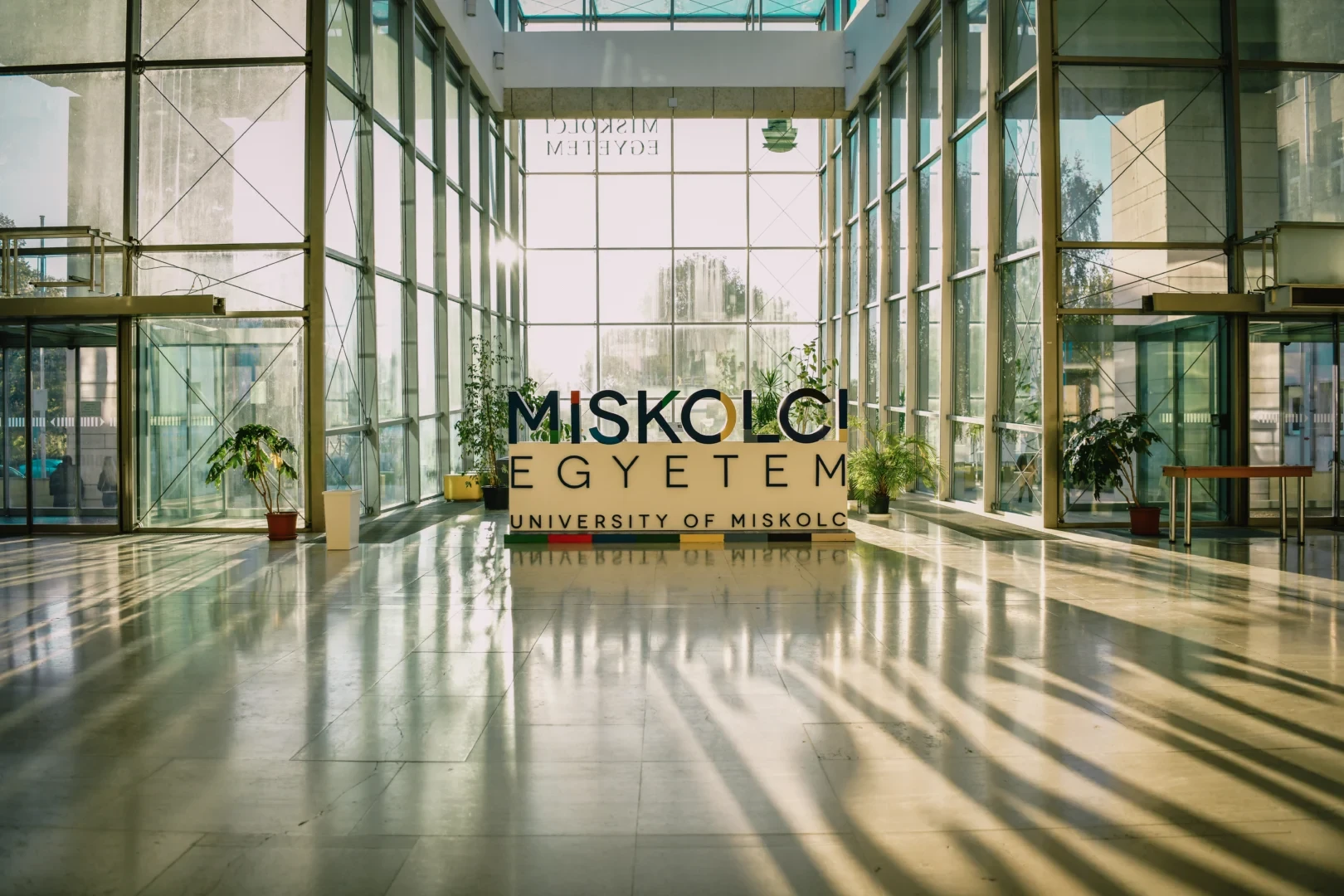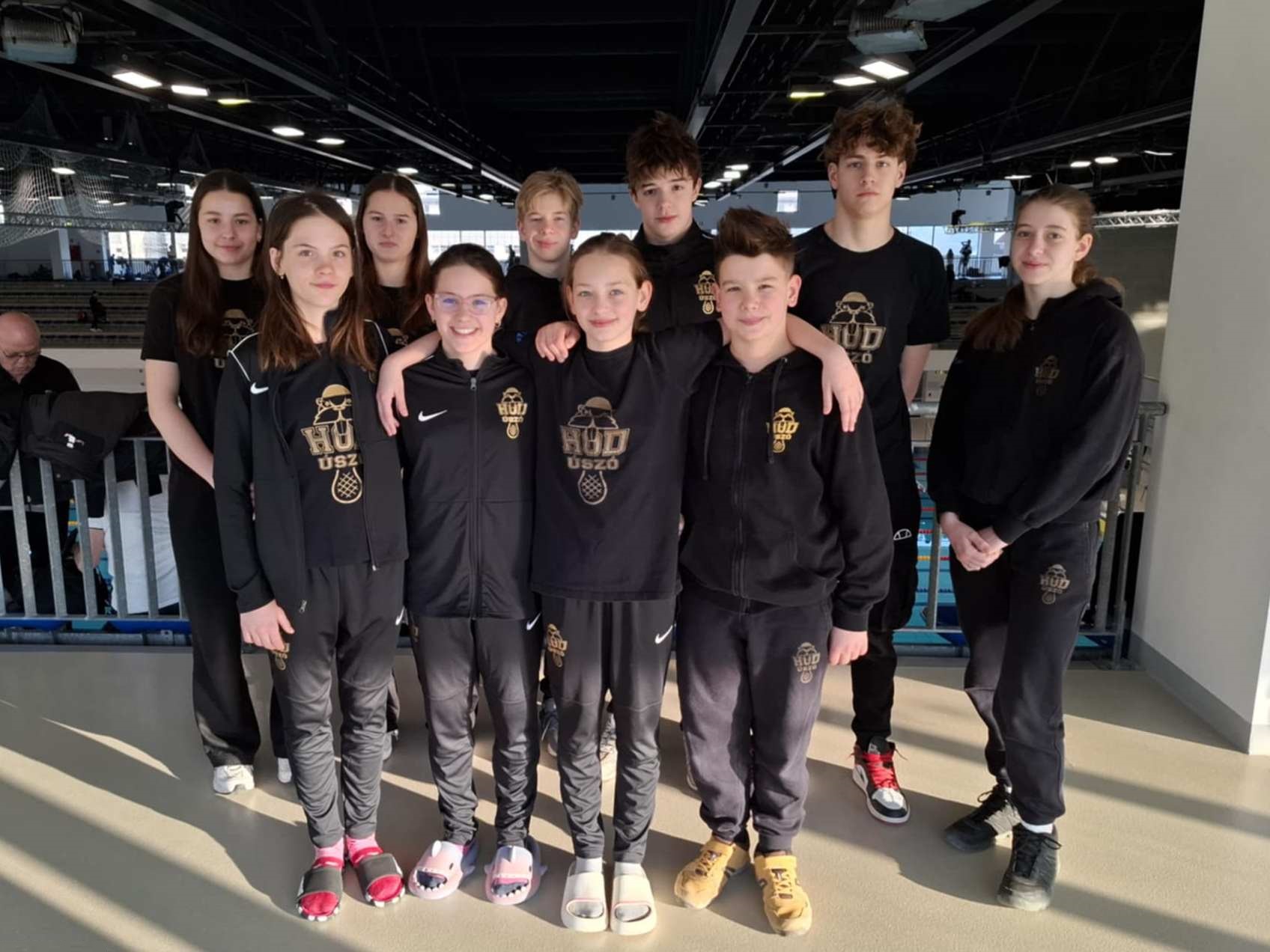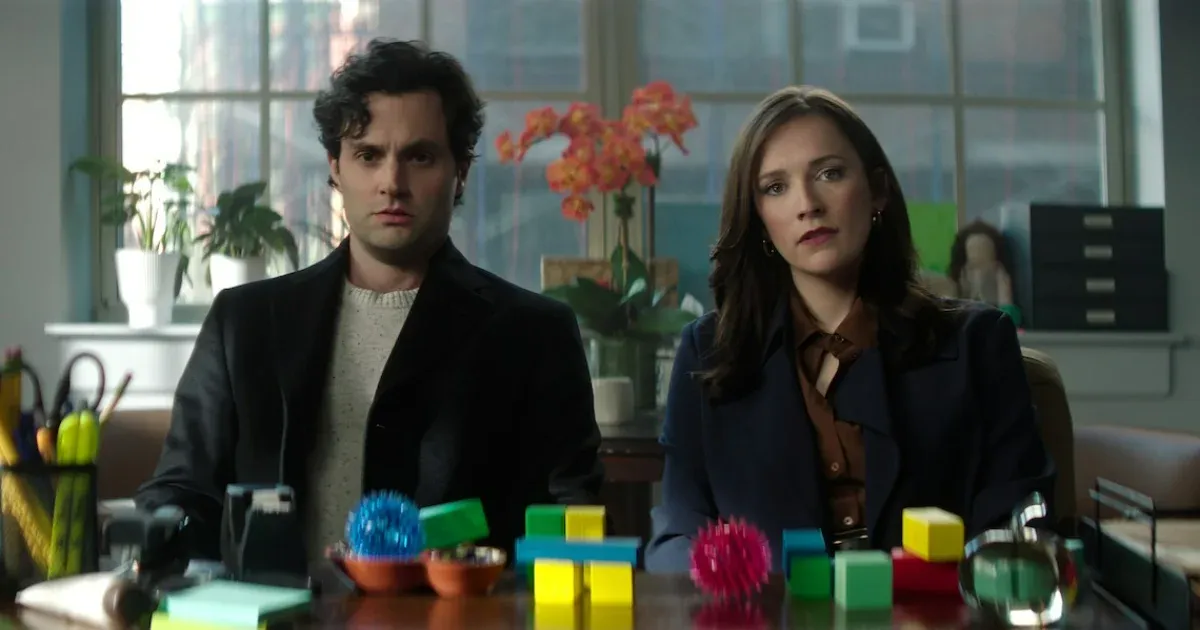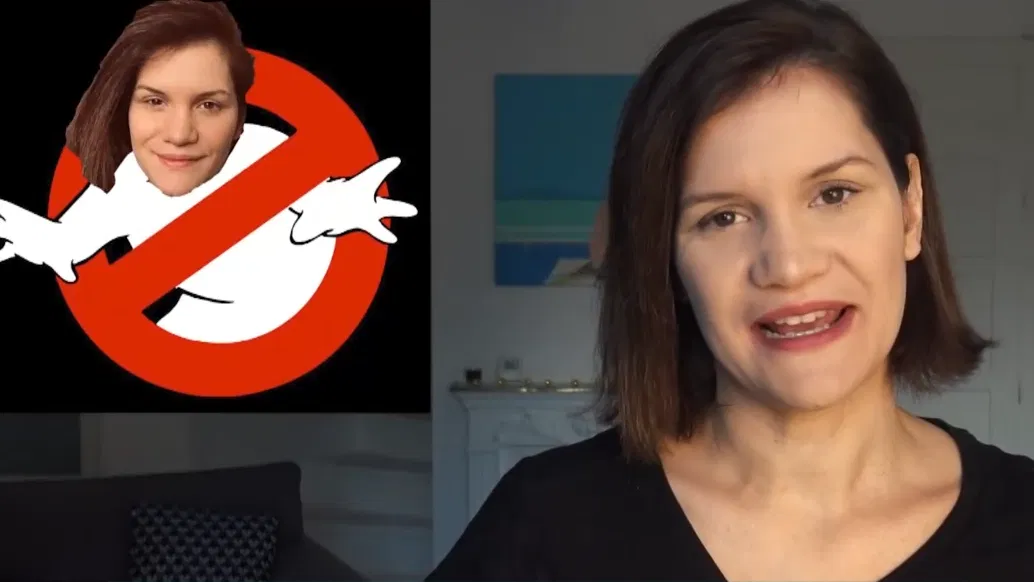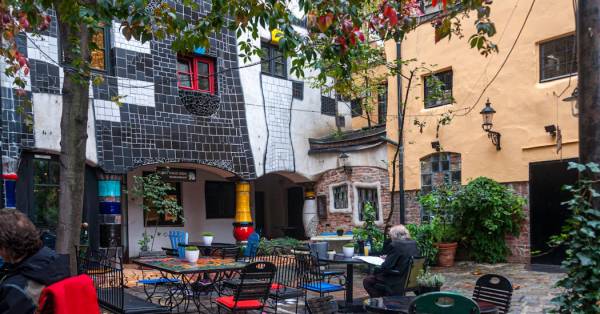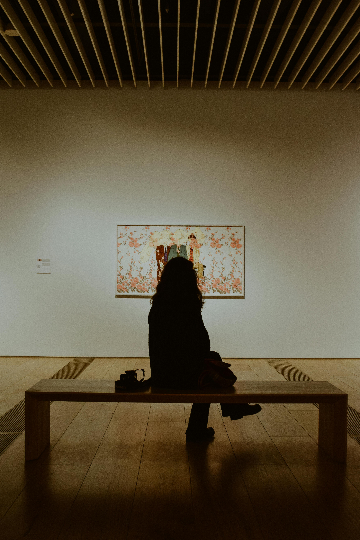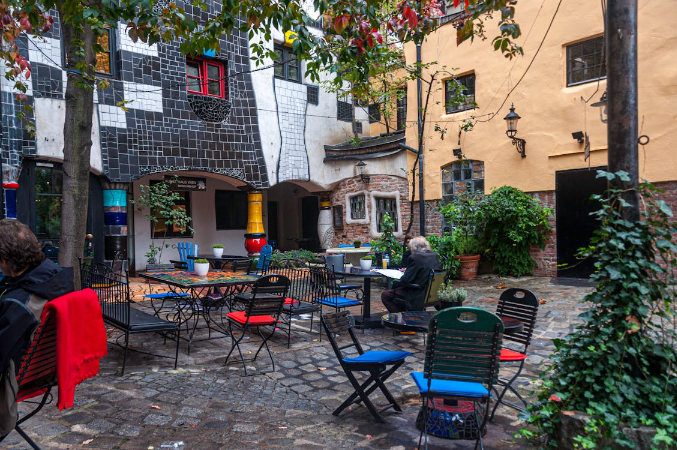Building community in the museum – is it linked to the spatial experience? What is the “third place”, what is its relationship to spatial arrangement, and can the museum fulfill this role? I'm looking for answers to these questions, and I'm also curious to see what we can do with the concept of a third position as a museologist in 2024.
The “Third Place” theory was created by sociologist Ray Oldenburg in his 1989 book, the title of which in a rough translation reads something like this: “A Great Good Place. Coffee Shops, Coffee Shops, Community Centers, General Stores, Pubs, and Hideaways and How They Help You Survive All day long” (The Great Good Place. Coffee shops, coffee shops, community centres, general stores, bars, hangouts and how they get you through the day). In the new editions (1997, 1999), the subtitle was actually changed: “Cafes, coffee shops, bookstores, bars, hair salons and other hangouts in the heart of society.” The subtitles above do refer to existing examples of third places, and we can also see how third places have changed in the roughly ten years since the reissue.
The first place is home, the second place is our workplace, while the third place is the social space where we like to go, informally, in search of company and conversation. In the third place, we can also put problems at home and at work. Veronica Kaman summarized the characteristics of third places as follows, based on Matthew Solomon and Ray Oldenburg:
- Neutral Ground: You don't have to be there, you can come and go freely and there are no political, financial, legal or other restrictions
- A place of “equality”: differences between social classes and roles disappear, and entry is not subject to conditions
- A place where you can talk: Talking is (one of) the main activities, and the atmosphere is light and relaxed
- Open and accessible space: We can use it for hours, it is comfortable and serves basic needs
- Where there are regular guests: they keep the community space lively, set the basic atmosphere, and introduce newcomers to the ins and outs of the place
- Where the atmosphere is fun: The conversation is never hostile or tense, and a lighthearted and playful conversation is highly valued
- A home away from home: It is possible to experience the intimacy and joy of belonging to a place.
When the book was published, Ray Oldenburg looked nostalgically at the third places, which were already in decline when he wrote the book. In recent decades, it has been observed that people have been increasingly expelled from communities to their homes and workplaces, especially in areas subject to zoning (especially in the United States, where it is forbidden to open stores and restaurants in residential areas), and as the gap between social classes deepens, people People from different social classes distrust each other more and more.
As digital devices play an increasingly important role in our world and in our lives, some third places seem to have moved into the virtual world: online spaces such as MMORPGs (massive multiplayer online role-playing game, social playable online role-playing game). Games) have many of the characteristics of tertiary positions. With the use of in-game avatars, visual signs of social differences disappear, and there is an opportunity for play and conversation to become the main activity.
With the outbreak of the COVID-19 pandemic, people have become more isolated from each other, confined to their homes, and in most cases have only limited access to workplace communities. 13% of participants in the first comprehensive research conducted among Europeans (JRC 2022) felt lonely often or always, which is slightly more than the Hungarian average. Among other things, loneliness also increases the risk of depression (see: 1). here And here).
“Often, exhibitions don't have enough chairs or benches so we can relax and contemplate what we've seen.”
Unfortunately, social media is a double-edged sword in the fight against loneliness. We can find third places if we think of a Facebook group, where a good atmosphere and conversation can develop spontaneously in a similar way. However, according to research, social media cannot provide the same quality of interactions and does not help develop intimacy.
Perhaps a better question is, how do we get people to come to the museum? Nowadays, it is common that in addition to the classical museum functions – collecting, preserving and displaying – museums have many new tasks, and decision-makers and museum staff are under pressure from many quarters. In addition to the fact that museums must generate income, be increasingly self-sufficient, and increase the number of visitors if possible, nowadays increasing emphasis is being placed on the importance of the social role of museums. Among the roles of museums, we increasingly find education, which most people associate with museum pedagogy. In the next section, I will explain why I believe the museum cannot become a classical third space, but I will also discuss why and how it would be useful to strive for this.
If we examine the characteristics of third places, we can find that museums have few of the mentioned characteristics. Right now, many museums are not very supportive as visitors spend a lot of time there, sitting and talking. Often there are not enough chairs or benches at exhibitions to rest and contemplate what we have seen. As visitors, we often feel that a museum's spatial organization encourages us to buy an admission ticket, walk quietly through the gallery, and then spend the rest of our money in the museum shop at the end. We have to pay more for community experiences, such as guided tours or thematic museum events, unless we can participate in museum education sessions as school children.
Another potential problem is that the third places identified by Ray Oldenburg tend to serve smaller communities, while museums reach relatively few people: fewer than a hair salon, pub, or café. Despite the efforts of the professionals working there, the museum often seems less accessible: a kind of closed, discrete place where treasures and knowledge are kept, and their details are exposed to those interested. The method of knowledge transfer and the role of museums is also a controversial topic among museum professionals, especially in Hungary, where the development of science is often separated from everyday life. Many visitors are accustomed to a one-way transfer of knowledge: they often receive face-to-face education at school and university, and have a similar experience in the museum during exhibition management, where they are passively involved in the process as recipients.
Perhaps museums will never be classic third places, because they are not primarily neutral spaces: their specialty, as I mentioned above, is the preservation of treasures and knowledge. However, those who work there should consider transforming the museum spaces into an open, homely, fun, chair-filled space where we can't just wait for family members to come back from the bathroom. Mainly in the case of small community museums, it is possible to create intimate and accessible spaces, where conditions of comfort are provided, and conversation can be (one of) the core activities.
A beautiful third setting in the inner courtyard of the Hundertwasserhaus in Vienna.
Over time, our ideas about education and knowledge transmission also change: examining and discussing specific issues in society is one of the most effective ways to enrich ourselves with new knowledge, contacts, and even skills. This is the philosophical basis of the idea Community of Inquiry The research community model, which is nowadays most often mentioned in the context of online education (after Garrison, Anderson, & Archer, 2000), but was originally proposed in the works of Charles Sanders Peirce (1839-1914) and John Dewey (1859-1952). ) concept in the first half of the twentieth century.
Third places are given their soul by the communities that develop there, and a museum can, under the right circumstances, be an ideal place to create a community whose shared learning can be (one of) its unifying forces. In order to create a space that people who want to learn want to come to, it helps to provide interactive learning opportunities that are easily accessible (such as screens and smart devices), but just like having a bookshelf and comfortable reading, it can also be good. For a real community to develop, it is also necessary to be able to discuss experiences. The fact that the desire to acquire knowledge is one of the essential elements can help the museum be a third place where those who might be excluded from classic third places can find an understanding community.
I hope that the above article will serve as a thought-provoking thought and will raise new aspects as the renewal, rearrangement and program organization processes arise. By making museums more open and accessible, we are getting closer to the new (ideal) definition of museums, adopted by the ICOM membership in 2022, and we are expanding the scope of the Greek definition com. mouseion An ideal, where the greatest scholars can only meet under the protection of the Muses.
“The Museum is a permanent, non-profit institution in the service of the community that researches, collects, preserves, interprets and displays material and intellectual heritage. The Museum is open to the public, accessible and inclusive, and promotes diversity and sustainability. It operates and communicates ethically, professionally and with the participation of communities, providing a diverse experience in education, entertainment, contemplative thinking and exchange.” Knowledge.
Dr.. Randy Garrison, Terry Anderson, and Walter Archer, “Critical Inquiry in a Text-Based Environment: Computer Conferencing in Higher Education.”. Internet and higher education 2, 1999. 87-105.
Ray Oldenburg. Great good place. Cafes, coffee shops, community centres, general stores, bars, hangouts and how they help you get through your day. Da Capo Press, 1984.
Matthew Solomon, “There's No Home Like a Place?” String Coming Home: Essays, Essays, and Stories in Honor of the Anderson Family, Pete Myers (Editor:). Lulu.com, 2012. 33-40
Jeffrey Wimmer, “‘There’s No Place Like Home’: The Potential for Commercial Online Gaming Platforms to Become Third Places.” String Multiplayer: Social Aspects of Digital Games. Thorsten Quandt; Sonia Kruger (ed.), Routledge, 2014. 111-123





